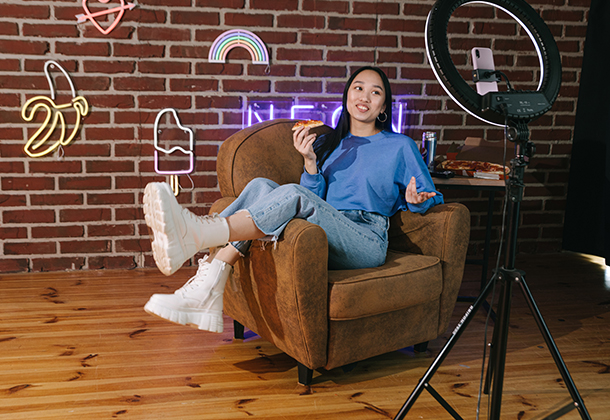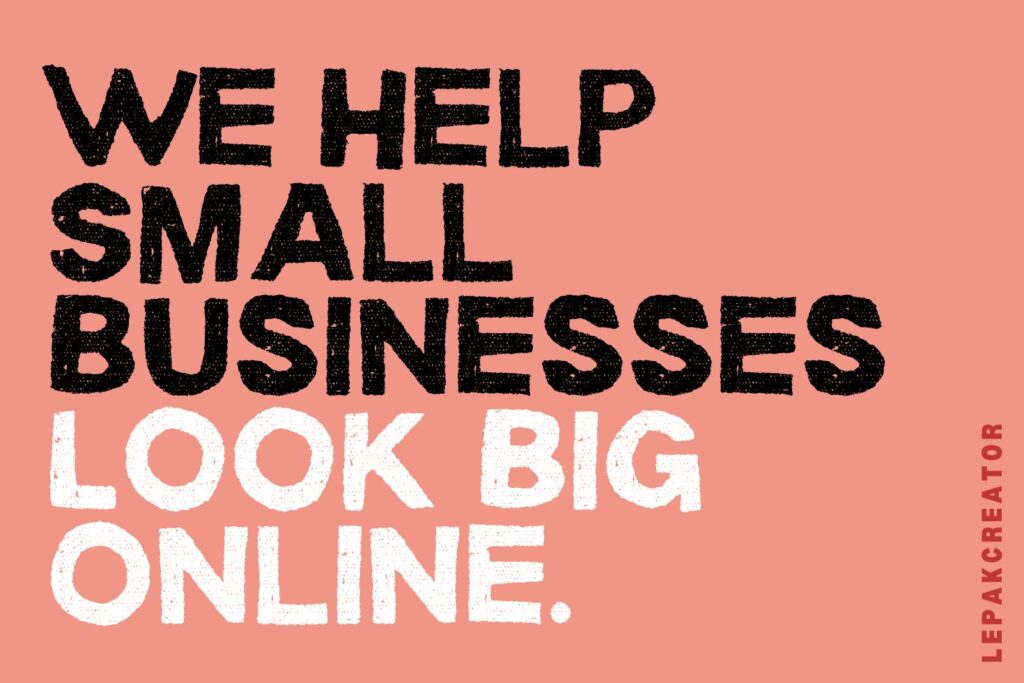Influencer marketing has become one of the most popular ways for brands to reach new audiences. However, a common debate keeps resurfacing:
–Businesses want guaranteed sales.
–Influencers say sales aren’t fully in their control.
So who’s right? The truth is somewhere in between. Let’s break this down.
Why Businesses Expect Sales
For many business owners, every marketing dollar counts. They see influencer collaborations as a performance channel, similar to Ads—where every investment must bring measurable returns, ideally immediate sales.
While this expectation is understandable, influencer marketing isn’t the same as running a Facebook Ad. It’s not always about instant conversions—it’s about building awareness, trust, and credibility, which leads to sales over time.
Why Influencers Charge Even Without Guaranteed Sales
Influencers invest significant effort beyond showing up for free meals or receiving products. Their work includes:
- Planning and ideation for the content
- Shooting, editing, and optimizing posts
- Engaging with followers and responding to comments
Moreover, factors like social media algorithms, audience mood, and even timing influence reach and engagement—things influencers cannot control. Expecting guaranteed sales from them is like expecting a billboard to guarantee a customer walks into your store.
Key point: Paying influencers is not just for their followers—it’s for their time, creativity, influence, and brand alignment.
The Common Mistake: Mass Influencer Marketing
Some businesses think, “Let’s send our product to 50 influencers. At least some sales will happen.”
Here’s why that often fails:
- Quantity ≠ Quality: If the influencers don’t truly align with your brand, the posts feel generic.
- Audience mismatch: Followers may not match your target market.
- Diluted credibility: If influencers promote everything, your product becomes “just another freebie.”
Why Paying Higher for the Right Influencer is Worth It
- Authenticity: When influencers genuinely love your product, they create real stories, not just ads.
- Better conversions: A small but engaged audience can outperform a large but disengaged one.
- High-quality content: Influencers who charge more often provide better photos, videos, and captions—content you can repurpose for your own marketing.
- Brand ambassadors: Investing in influencers long-term creates organic mentions beyond the campaign.
How Businesses Can Choose Quality Over Mass
- Check audience demographics (location, age, interests).
- Review their previous posts—do they feel authentic or transactional?
- Engagement rate matters more than follower count.
- Look for shared values—Does their tone and style match your brand?
- Build long-term relationships, not just one-off posts.
Balancing Both Sides: Win-Win Solutions
Influencer marketing is not a one-size-fits-all approach. It’s about collaboration, alignment, and trust. Businesses that focus only on immediate ROI miss out on the long-term benefits of brand loyalty.
(Credits: Pexels)




